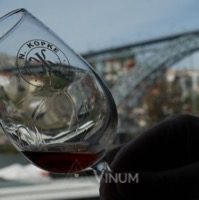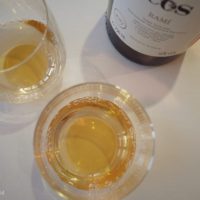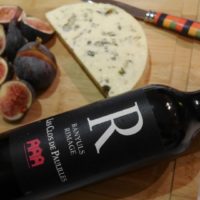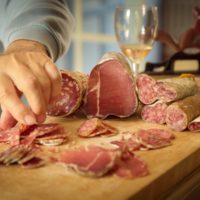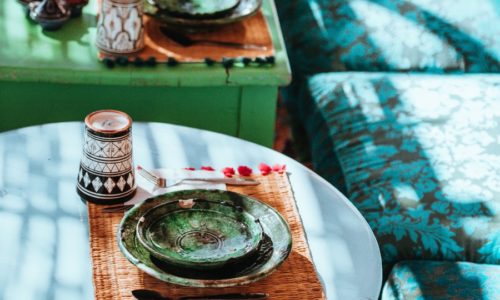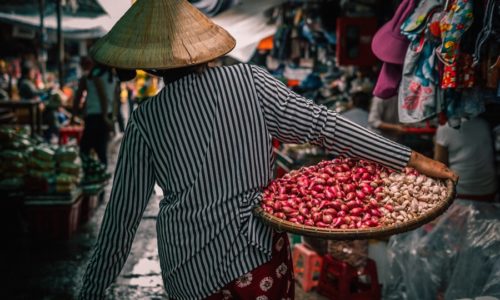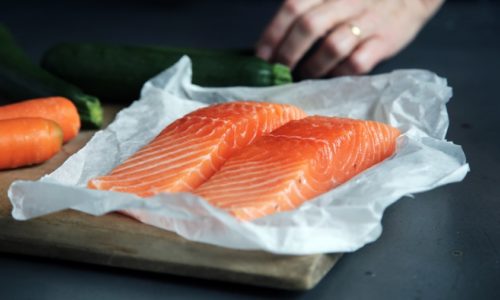Although you might not seem so at first glance, you can glean a fair amount of information about what’s in a Champagne bottle from its label.
Firstly, make sure it has Champagne written on the label. This seems obvious, but if it doesn’t say it, the wine isn’t Champagne. The name of the producer and the commune in which that producer is registered (Reims, Epernay, Aÿ etc.) is also required to be on the label.
The next thing to look for is the sweetness level. Most Champagnes are Brut, but there are a range of terms for specific levels of residual sugar in the finished wine. Slightly confusingly, Sec means dry, although these wines actually taste ‘off dry’. Brut is the standard ‘dry’ style of Champagne, with which most people are familiar. One of these terms will appear on the label:
|
Term |
Residual Sugar |
|
Brut Nature |
0-0.5g/l |
|
Extra Brut |
0-2g/l |
|
Brut |
0-12g/l |
|
Extra Sec |
12-17g/l |
|
Sec |
17-32g/l |
|
Demi-Sec |
32-50g/l |
|
Doux |
50+g/l |
The next thing to look for is whether the Champagne is Vintage or Non-Vintage – I.e. whether the wine is made with grapes from a single year or a blend of different years. The label might say NV, meaning non-vintage, but this isn’t necessarily so. However, if you see a year (‘2010’) on the bottle, then this means the Champagne is from that vintage. If there’s no year printed, assume the wine is non-vintage.
The grapes used to make a Champagne are not always written on the label, particularly if the wine is from one of the larger Champagne houses. However, you can usually get an idea which of the three main Champagne grapes (Pinot Noir, Chardonnay, Pinot Meunier) are in the blend. If none of the below terms are used, you can assume that the wine is a blend of all three in any proportion, though Pinot Meunier is usually only a minor player.
- Blanc de Blancs – Made from 100% Chardonnay
- Blanc de Noirs – Made from 100% black grapes, Pinot Noir and/or Pinot Meunier
- Rose – This can be made with any of the three grapes. But Champagne is rare in that rose can be made by mixing white wine with red wine.
You can also determine what type of producer has made the wine. Is it a Champagne house that has bought in grapes and vinified them? Or a ‘grower’s champagne’, in which the grapes have been grown and vinified by the same estate? The following initials are typically written in very small font on the label, but they must be there by law somewhere.
|
Initial |
Producer |
Meaning |
|
NM |
Negociant Manipulant |
A producer that buys grapes to make their wine. This indicates a Champagne ‘house’. E.g. Pol Roger, Taittinger, Billecart-Salmon |
|
CM |
Cooperative de Manipulation |
A cooperative making wines from their members’ grapes. E.g. Jacquart |
|
RM |
Recoltant Manipulant |
A producer making wine from grapes grown and vinified only on their property – ‘growers champagne’. |
|
SR |
Societe de Recoltants |
A group of growers producing under one label, but not a cooperative. |
|
RC |
Recoltant Cooperateur |
A cooperative member who produces a wine under their own label |
|
MA |
Marque d’Acheteur |
A label produced specifically for one client – e.g. a supermarket own-brand Champagne. |
|
ND |
Negociant Distributeur |
A label used by a Champagne negociant. |
Additionally, terms like Reserve or Cuvee, don’t have any legal definition and are used by producers as they wish.

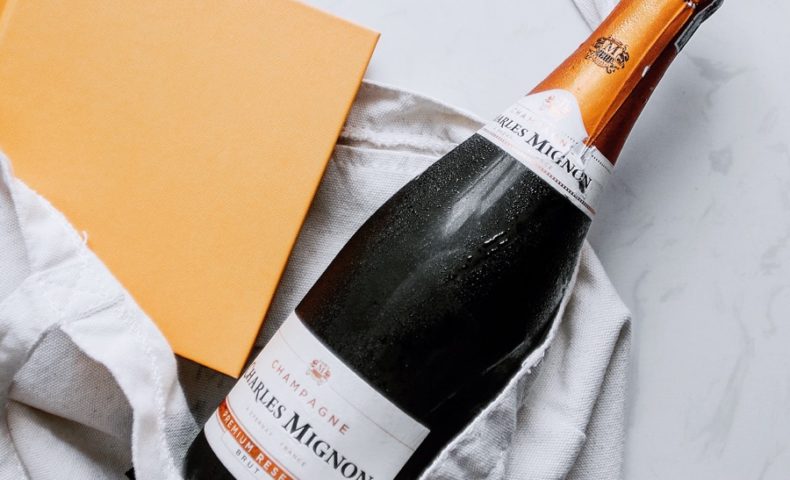
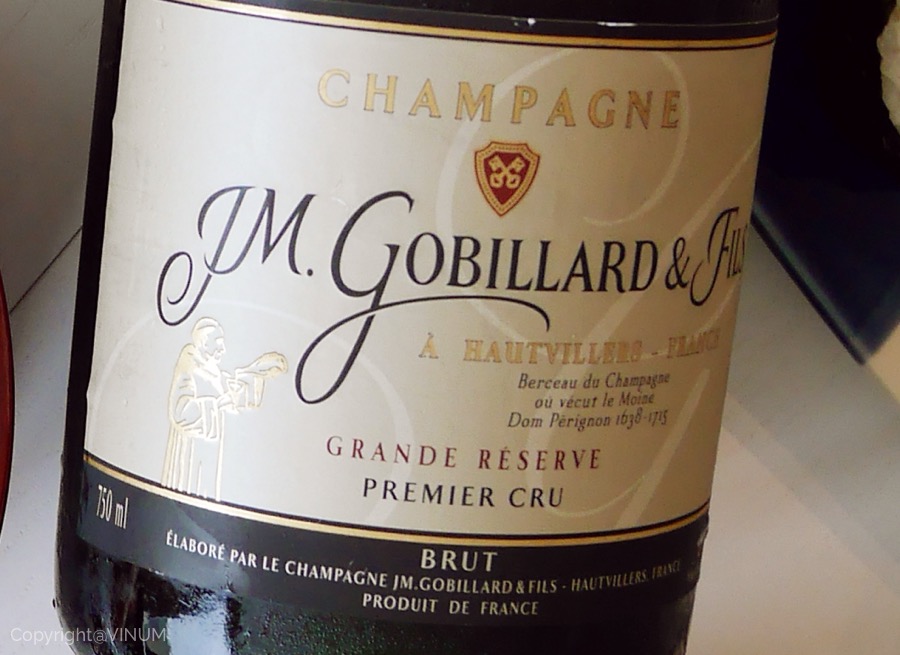
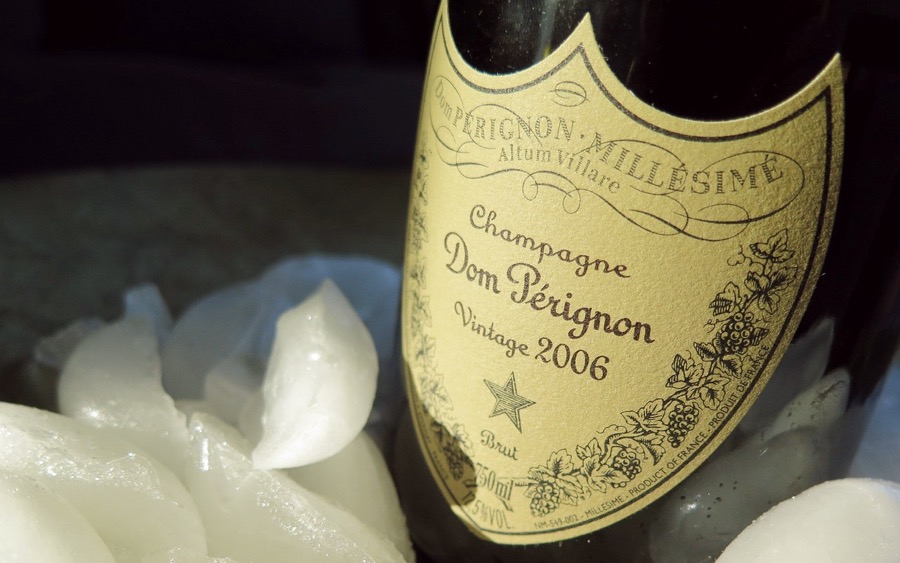
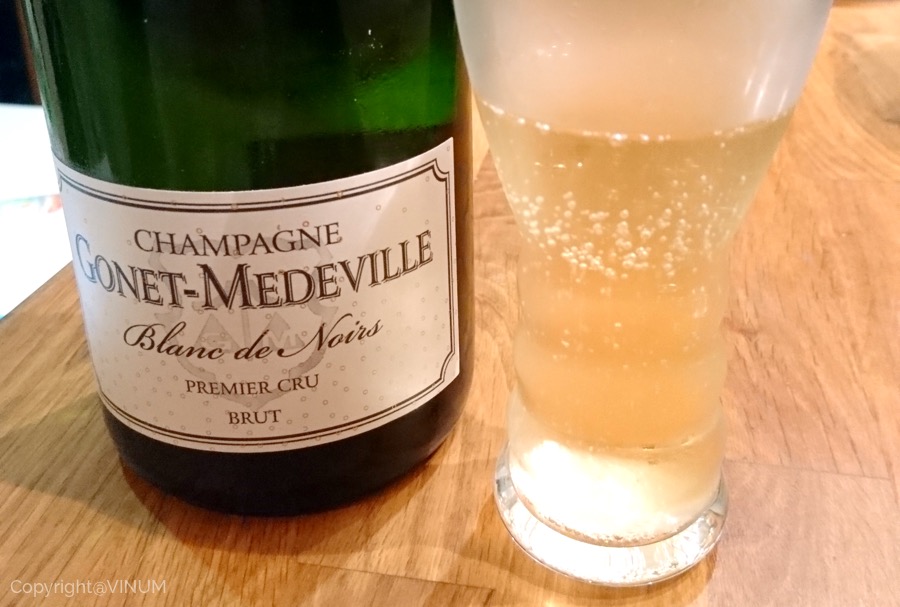
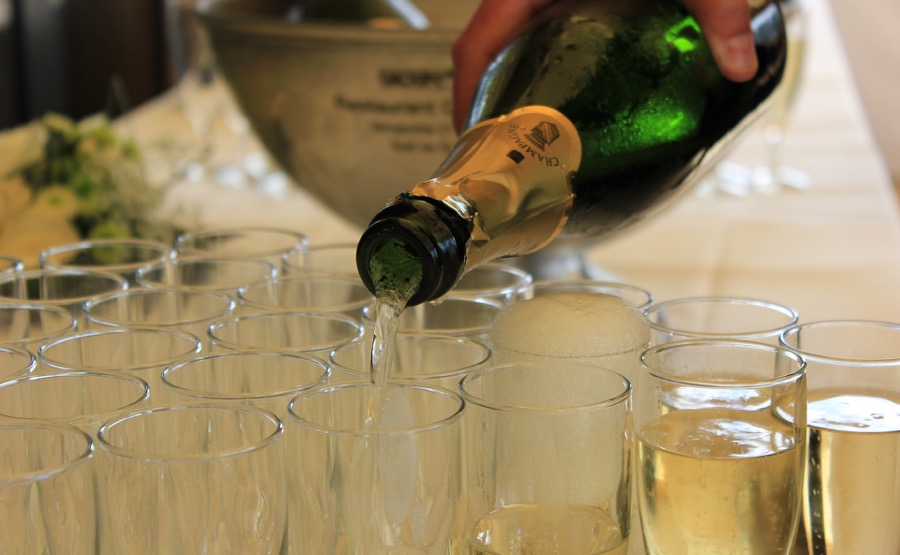
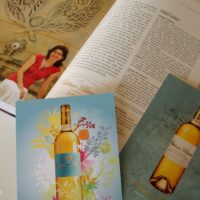

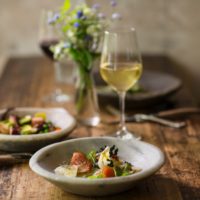


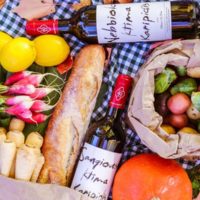
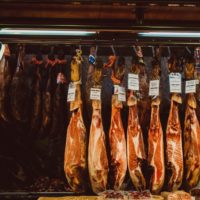
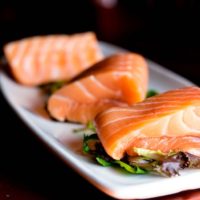
 日本語
日本語